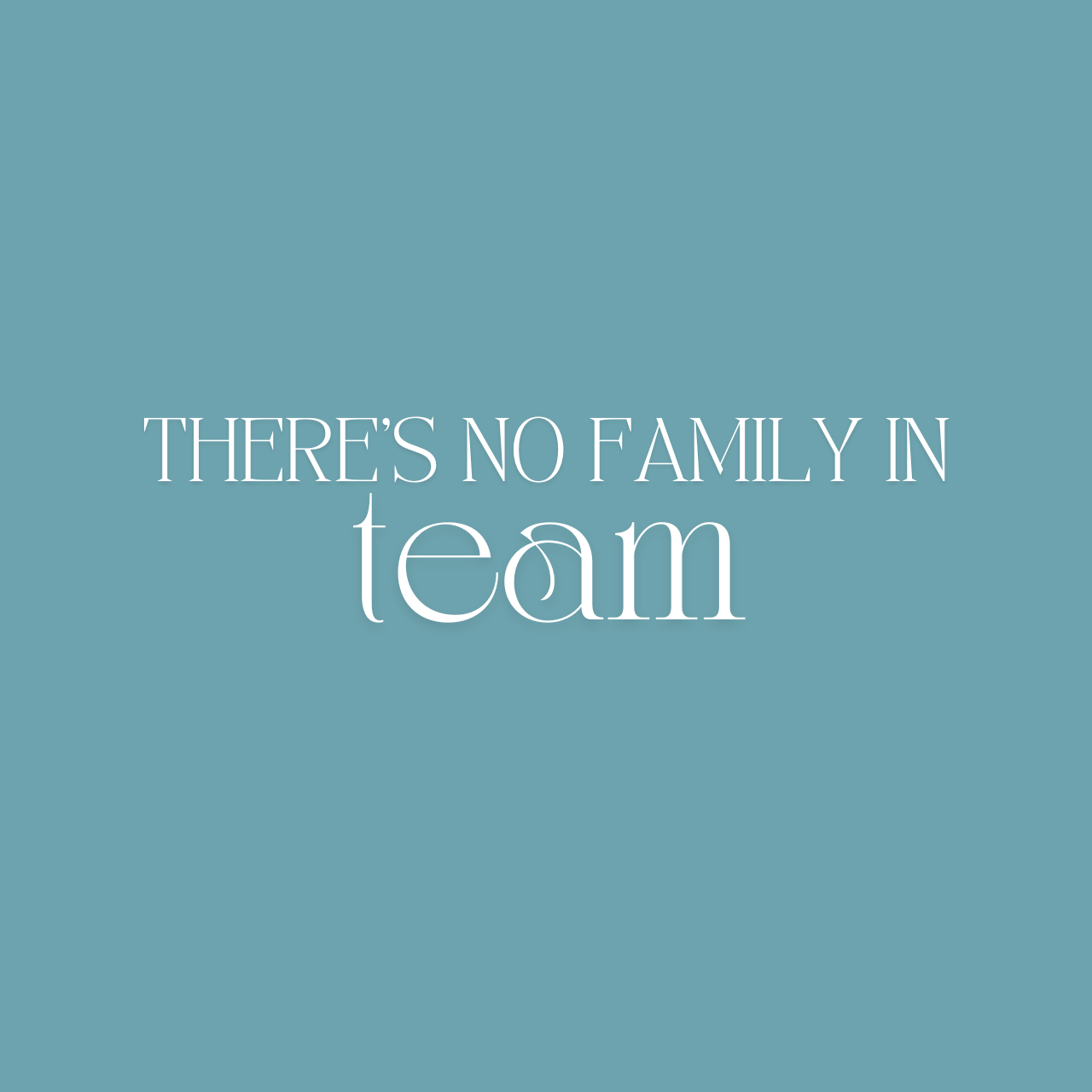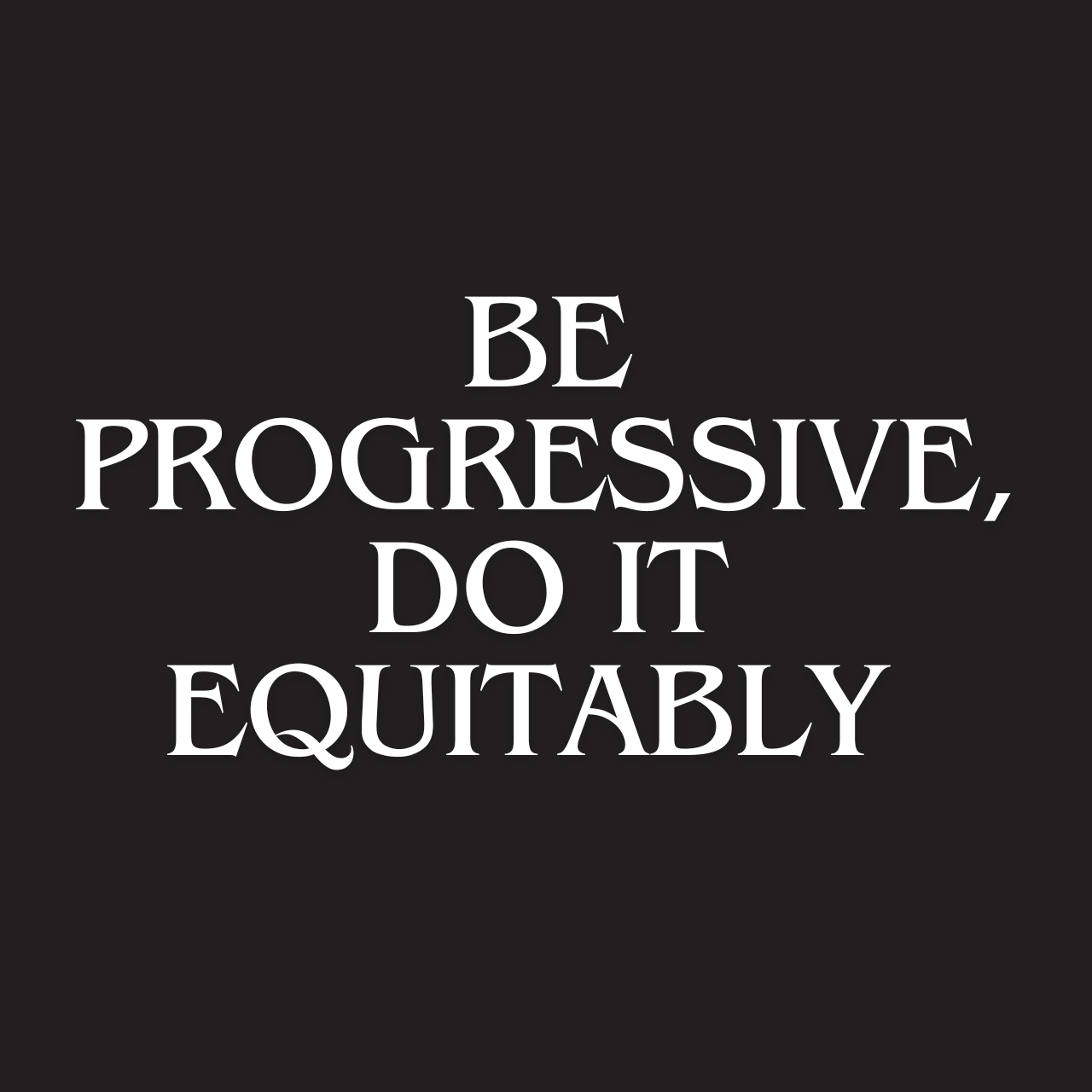If a positive working culture is so critical to growth, why is it not being given the same strategic focus as a company’s brand, reputation or products?
If a positive culture gives you happy, motivated colleagues which means greater performance and customer experience, surely that’s a good reason to put it front of mind at the most senior levels of an organisation. And to keep it there.
If culture really does eat strategy for breakfast, why is it being kicked out of the boardroom?
The interviewees:










Key Themes

1) Think Big, Act Small
Small business founders are obsessed with their own culture. They discuss it regularly and invest in it heavily, walking the walk as much as they talk the talk, and being the embodiment of the culture they want to see.

2) Speak Up
Or accepting too little?

3) Spell it Out

4) There’s no Family in Team

5) Be the Culture you want to See

6) Be Progressive, do it Equitably

7) Be Thoughtful, be Thankful

8) Hire for the Long Game
Think Big, Act Small
The bigger the business, the more culture falls off the boardroom agenda.
Small business founders are obsessed with their own culture. They discuss it regularly and invest in it heavily, walking the walk as much as they talk the talk, and being the embodiment of the culture they want to see.
“Culture comes from the top. In the absence of strong leadership, people will just set their own culture”
In small businesses, the link between culture and performance is more tangible and immediate. Founders can check in on the impact of cultural initiatives through conversations ‘on the floor’ and tweak and adapt them until they are delivering what the team wants and the business needs.
On the flip side they want culture to be organic and unscripted and believe that the process of writing it down is time better spent elsewhere.
This lack of clarity and absence of cultural guidelines can be confusing for teams and create difficulties when they are asked to step up and take ownership of cultural initiatives, not least because they aren’t absolutely sure what kind of culture they’re being tasked with creating. After all, behaviours exhibited by the boss aren’t always welcomed or appropriate for the rest of the team.
This creates problems as the business grows, particularly when there is no formal handover of cultural responsibilities and founders simply stop being in the office as much.
“Great culture follows the same principles as a great relationship. Communicate, manage expectations, know how to support, know when to signpost. Stay human”
Big businesses are good at defining a culture and writing it down, and they invest significant time and money thinking about culture and articulating it.
But what gets written down doesn’t always tally with the reality of the culture that exists, and employees can end up with a beautifully described culture that at best case feels aspirational and at worst delusional.
At a strategic level, culture in big business can get clunky as it gets bogged down and distracted by the zeitgeist cultural issue of the day. In trying to please everyone, cultural strategy loses its simplicity and its alignment with what the business actually needs to grow.
In practical terms, big business leaders and senior execs tend to do less walking the walk, preferring to delegate culture than to ‘be’ it.
“When the bosses behaviour and culture and spirit was non-existent, everyone felt it, it and no one looked after each other”
In the boardroom, revenue conversations take priority with culture tending to be a tactical rather than strategic bullet point on the agenda, often pushed to the closing minutes of board meetings if not bumped entirely.
Workplace toxicity can be harder to diagnose and more challenging to address in larger organisations. Add to that a reticence to have difficult conversations and a murkiness about who should be ‘owning’ the issue, and the negative influence of individuals can go unchecked and unchallenged for many months or even years.
In smaller organisations, toxicity is easier to spot and to diagnose and there are fewer people with the seniority to take responsibility for it. But the emotional impact can be hard hitting with a smaller and more tightly knit team.
Across all sizes and types of organisations there were a few things that did align with generosity of spirit cited as one of the most motivational and energising facets of good workplace culture. From a beautifully designed office through to free fish and chips on a Friday, the gesture didn’t need to be expensive, it just needed to be genuine.
For more detail and insights on this topic, e mail caroline@wearealice.co.uk
Speak Up.
When it comes to internal communications, I expect founders, CEOs, and MDs to be sending a whole range of communications to staff, including strategic updates to leadership teams, motivational updates to the workforce, explanation of bad news, celebration of good news, justification of why the business has made decisions and why it hasn’t.
Is that asking too much of them?
Or are we all just accepting too little?
Everyone wants to have good relationships with their colleagues, to work well and to be respectful to each other, whether that’s your day-to-day colleagues, your manager, or the regional president.
At the core of most of these relationships is good communication, the ability to have decent conversations about work and your personal lives and the world around you without descending into arguments and chaos.
That means respecting differences in beliefs and opinions and ways of working. It means different generations talking to and listening to each other and being courteous when you find yourselves at opposite ends of a conversational spectrum. It means remembering you’re in a professional environment and someone is paying you to be a grown up, not sitting around the kitchen table with your family after a few too many glasses of wine.
My view, and that of everyone I interviewed, is that one of the most successful ways to avoid workplace dissatisfaction is for everyone to be focussed on the reason you’re at work in the first place, to be united by a collective endeavour to do a good job, to help the business to do well so that everyone benefits.
As an employee, it’s helpful to be reminded every now and then why you were excited to get the job, of the purpose we’re all working towards, and to know that someone cares enough to motivate you to achieve it.
Managerial communications go up a gear in their complexity – they require a more advanced level of emotional intelligence and ability to coach and develop – very often without any formal training.
Managers need to navigate focussed and forthright conversations that involve clear instruction and challenging questions. They need to know how to support and how to encourage. They need to take the time to talk about the bigger picture, to give regular updates on the business, share leads, talk about issues, and still try to have a bit of a laugh. To still be human, to chill out, to be part of the team.
One of the hardest management skills for new managers to learn is how to have tough conversations without causing upset. These interactions are critical for getting through difficult times and creating an atmosphere where employees remain open and honest with each other and able to take constructive criticism – an atmosphere of development and improvement.
In short, at the managerial level we’re asking a lot.
But leadership communications go up another level altogether.
These communications need to deliver on so many elements at once, each one appearing effortless and accessible, always in line with the company’s purpose, strategy and values, inspiring, direct and confident.
Leaders are responsible for timely information on the business strategy and direction on how to deliver it, and for giving the encouragement to come in and do a good job every day.
Every (good) communication from a leader must distil complex information into its most simple and accessible form. They are expected to be honest, to be human, to be able to speak with passion and conviction.
On top of that, they need to listen and demonstrate empathy with enthusiasm. They need to talk openly about low moods, failure, learning, creating a safe environment to just be human, but not to the extent that they appear fragile or incapable.
They need to make sure that they’re positive and celebrating success, creating a buoyant environment that lifts people’s moods, but taking things seriously, focussed on success.
Again, this is very often without formal training in any of the skills required such as public speaking, coaching, inclusivity or crisis handling.
And that’s just the internal communications. That’s before a single message gets delivered to the outside world.
So if we all agree that internal communications should be led from the very top of an organisation, how much of that should come directly from the boss?
The simple answer is a lot. A leader needs to lead, and communication to the people that make your business a success isn’t a nice-to-have, it’s a top priority.
That doesn’t mean sending hundreds of e mails a day, that’s micromanaging not leading.
It means regular structured updates on the business and its success.
It means candid conversations with your leadership team. Regular Town Halls. Hosting informative sessions with industry experts to bring your teams together to learn, maybe attending a social every now and then.
It means reaching out to employees occasionally when they have excelled, thanking them for their efforts.
It’s leaning into tough conversations when someone is underperforming.
It’s about being present, about matching your words with your actions.
And my question: are we asking too much of leaders, or accepting too little?
The simple answer is both.
If we’re expecting them to do all of this without help, without training, without input or encouragement, without education or assistance, then yes, we’re asking way too much.
But if we’re accepting the bare minimum, if we’re only expecting to receive a fraction of the list above, and if we’re content with the occasional e mail or LinkedIn post, written by a middle management member of the comms team, then we are accepting way too little.
Get in touch for more insights on communications and support on developing workplace culture caroline@wearealice.co.uk
Contact caroline@wearealice.co.uk for more information or to see the full report.

